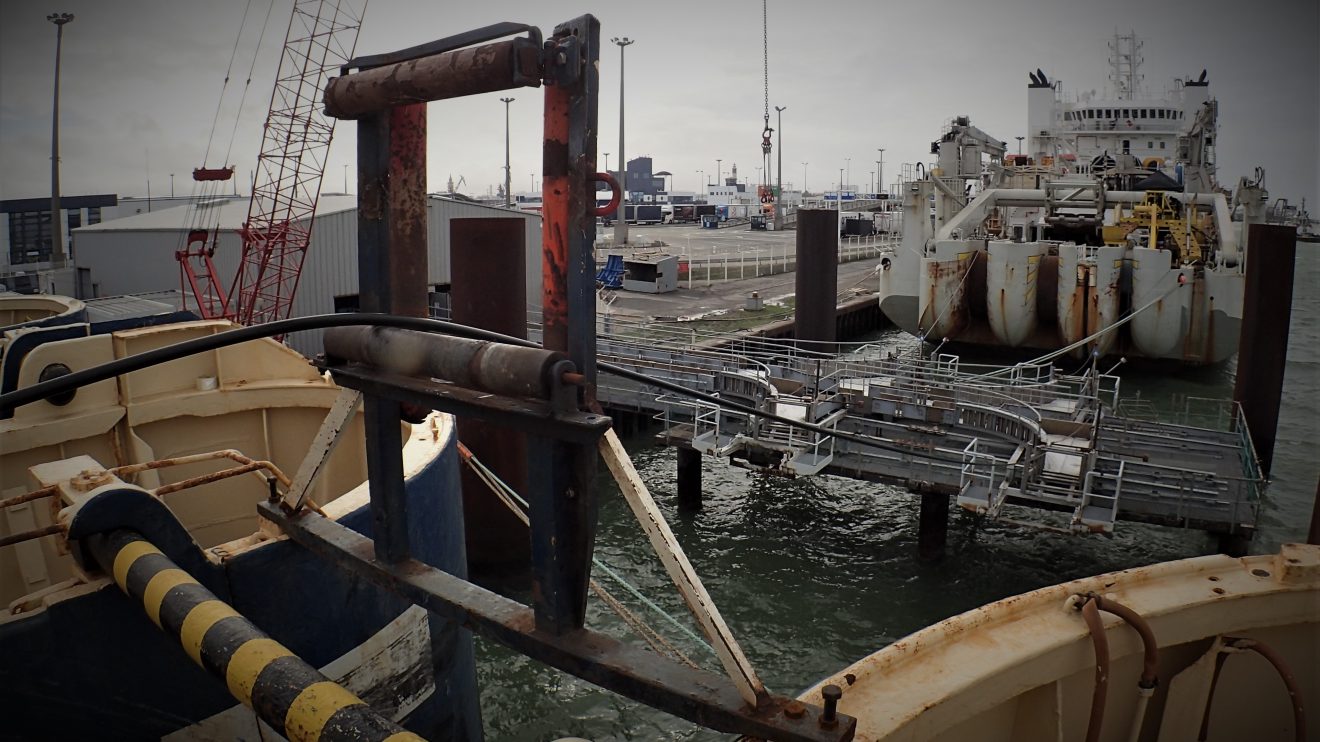In early November 2020 EllaLink started the loading operations, onboard the vessel Ile de Bréhat, of the submarine cable that will enable direct long-term interconnectivity between Europe and Latin America to meet the needs of the R&E communities in both continents, thanks to the EU-funded BELLA Programme. CONNECT (GÉANT’s on-line magazine) spoke with EllaLink to learn more about the loading process and the effects of the pandemic on this specific operation.
How many people are involved in the loading operations and how long will they last?
A submarine cable system loading operation is not only labour-intensive, but also requires a certain amount of skilled personnel in the factory, along the loading line and onboard the vessel. Stevedores and cable hands are positioned on the ship to ensure accurate coiling of the cable in the tanks and storage of the repeaters in the stacks. Jointers and testers are involved throughout the loading process and the entire operation is overseen by the Load Master. On the Ile de Bréhat vessel alone, there are currently around 55 people, including EllaLink’s Purchaser Representative.
Loading operations vary depending on the length of the cable and armouring type. The Ile de Bréhat will be installing the Brazilian portion of the system and loading is scheduled to take around two weeks including the time for rigging, testing and de-rigging. The Ile de Sein will be installing the rest of the EllaLink system, and loading is scheduled to take about one month.
When will the ship set sail, where will it stop next?
The Ile de Bréhat is scheduled to leave Calais (France) in mid-November and transit to Fortaleza (Brazil) where she will clear in ahead of commencing the installation activities.
The Ile de Sein will depart Calais in December and transit to Sines (Portugal) where she will install the shore end before Christmas.
What are the pandemic related challenges of this specific operation? How are you dealing with these?
The pandemic has undoubtedly created a number of challenges and constraints that needed to be addressed in order to make progress and keep the operations moving forwards. In terms of marine installation activities, specific rules and controls are in place to minimise the likelihood of COVID occurring on any vessel, such as quarantine and COVID testing of personnel before boarding. Some restrictions are in place to limit non-essential from boarding the vessel, and in addition, in some locations, the duration of port calls has varied.
COVID has also impacted construction activities, but in general progress has been considerable mainly due to the dedication and commitment of the EllaLink team driving the project.
To keep up to date on the development of the submarine cable system project you can follow EllaLink and the BELLA Programme on their social media channels:
Twitter: @BELLA_Programme @EllaLink_Cable
LinkedIn: EllaLink






